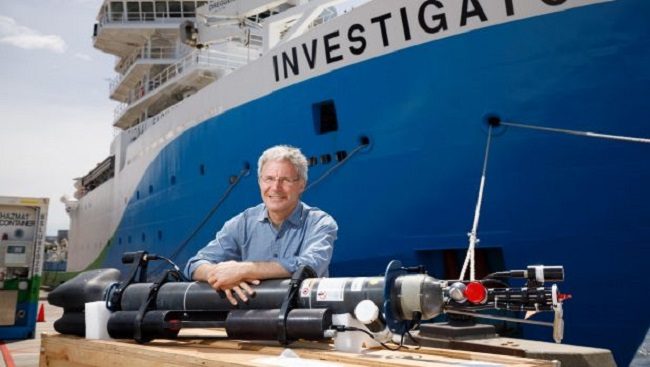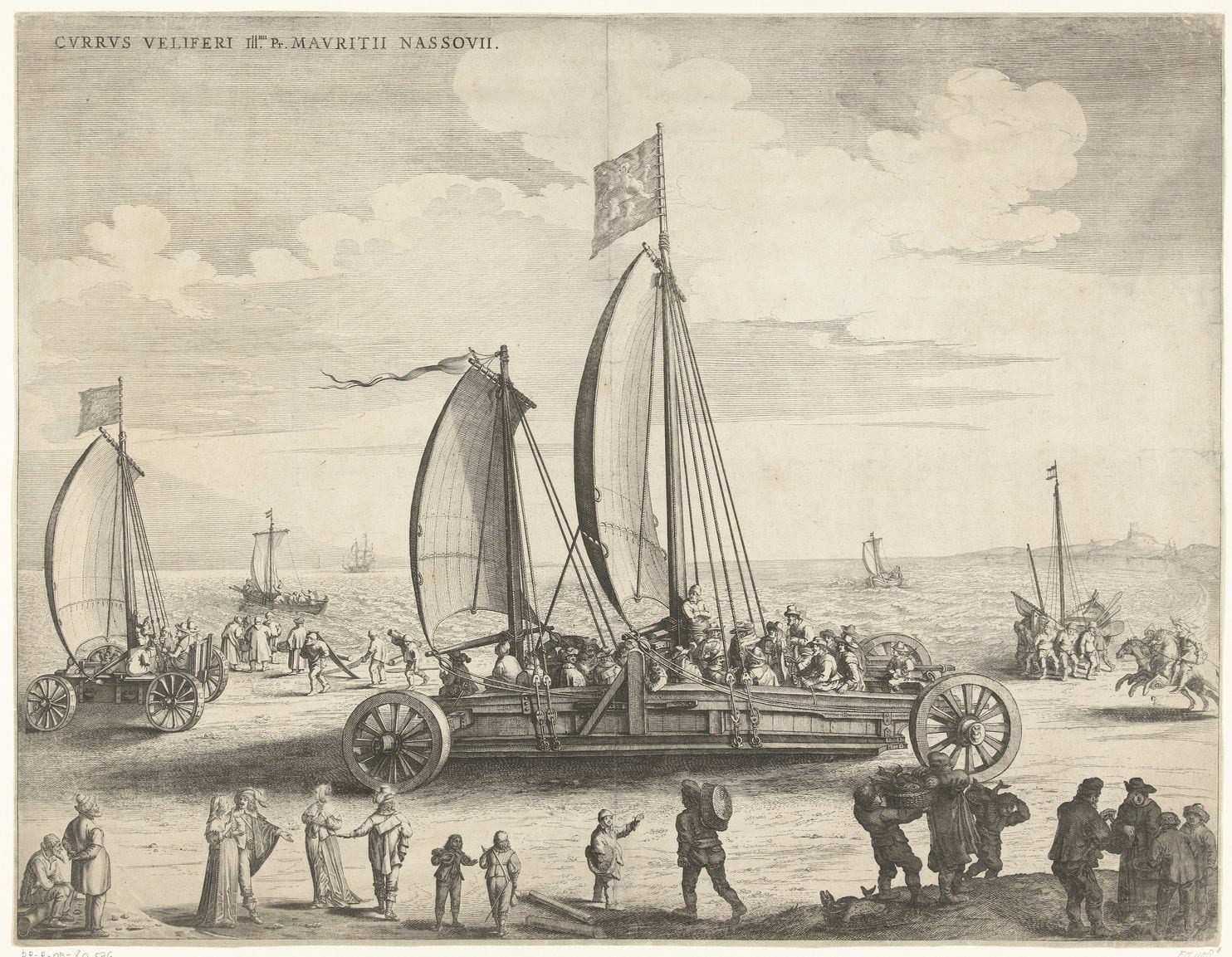
© Peter MathewDr Steve Rintoul, chief scientist of the RV Investigator voyage, with one of the deep-sea floats.
Researchers aboard an Australian ship undertaking pioneering work in the Southern Ocean have found the "first hint" of a
shift in a decades-long trend towards fresher, less dense water off Antarctica.Teams of scientists on the
RV Investigator have been profiling the salinity and temperature of water between Tasmania and Antarctica at 108 locations.
They also released the first batch of deep Argot floats to measure conditions as deep as 4000 metres.
But it is the early analysis of data on salinity in the so-called bottom waters near the seabed that may stir international debate.
"Every time we've measured since the 1970s, [bottom water's] been becoming lighter and fresher," Steve Rintoul, the voyage chief scientist, told Fairfax Media on Monday as the ship took its final ocean profile.
"We've got the first hint now that maybe things are shifting back to becoming saltier and denser in the deepest part of the ocean," said Dr Rintoul, who is a senior researcher at CSIRO and the Antarctic Climate and Ecosystems (ACE) CRC.
Dr Rintoul said "this increase in salinity still brings levels to nowhere near where they were in the 1970s ... nor even into the 1990s". The trend of warming of those waters has not changed.


Comment: Europe is forecast an equally brutal return of winter: The polar vortex just split into a double vortex - cold temps for Europe will persist
And this is after an already record breaking winter for the northern hemisphere: